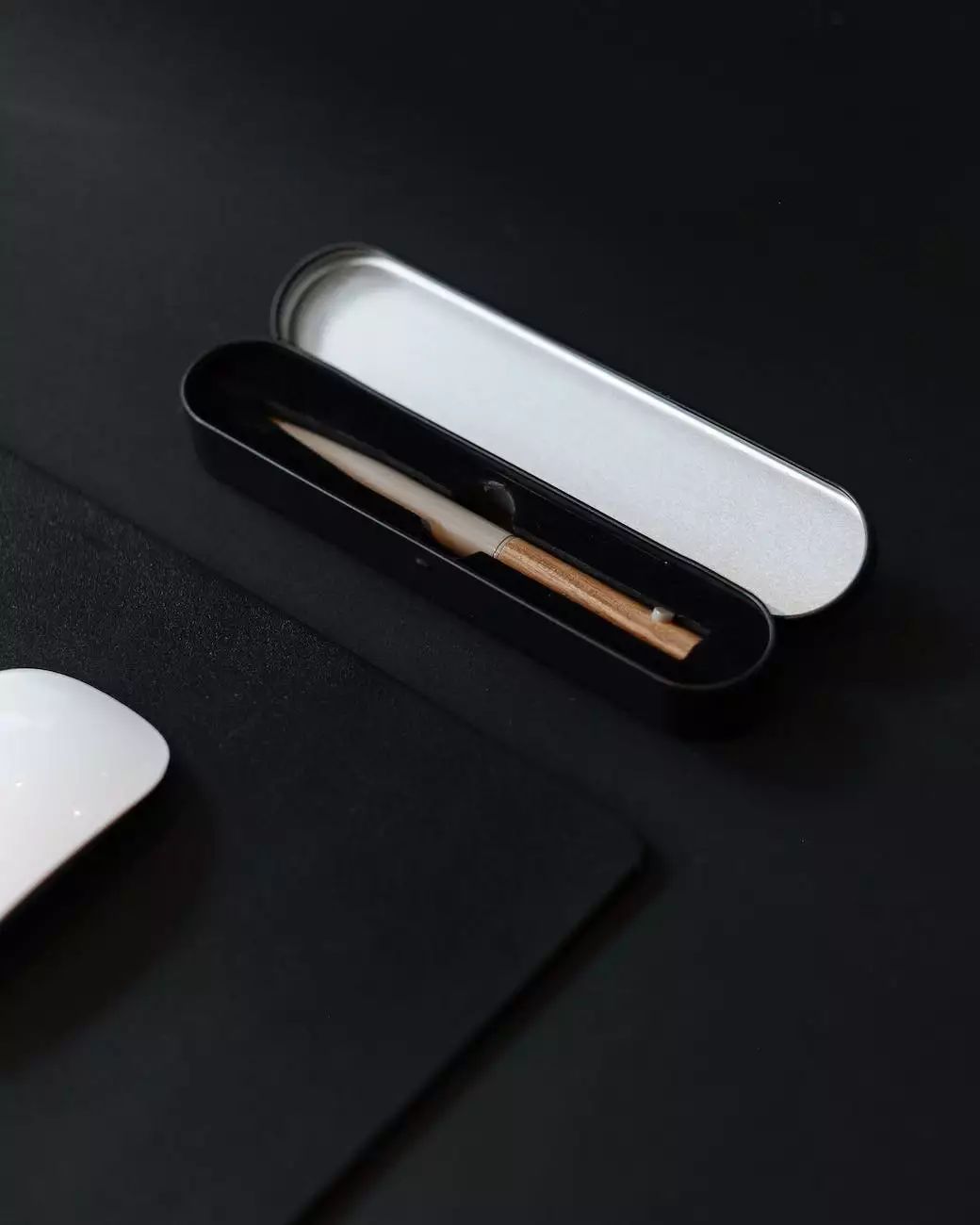How to Develop Mobile App MVP - Step By Step Guide
Blog
Introduction
Welcome to Seo by Chrys, your go-to resource for all things related to website development and business and consumer services. In this comprehensive guide, we will walk you through the process of developing a mobile app Minimum Viable Product (MVP) and taking it to a full roll out. Whether you are a business owner, entrepreneur, or aspiring app developer, this step by step guide will provide you with the necessary knowledge and insights to create a successful mobile app.
Chapter 1: Understanding Mobile App MVP
Before diving into the development process, it is crucial to understand what a Mobile App MVP entails. A Mobile App MVP, or Minimum Viable Product, is a test version or prototype of your mobile application that includes only the core features and functionalities needed for it to function and provide value to users. By focusing on the essential features, you can quickly validate your app idea, gather user feedback, and make informed decisions for the full roll out.
1.1 Key Benefits of Developing a Mobile App MVP
Developing a Mobile App MVP offers several benefits:
- Faster Time to Market: By focusing on essential features, you can develop and launch your app quickly, gaining a competitive edge.
- Cost-Effective: Developing an MVP allows you to test your concept without investing heavily upfront, minimizing financial risks.
- User Feedback: With an MVP, you can gather valuable insights from users and make data-driven decisions for further development.
- Iterative Improvement: Building an MVP sets the foundation for future updates and enhancements based on user feedback and market demand.
1.2 Defining Your Mobile App MVP Goals
Before you start developing your Mobile App MVP, it's essential to clearly define your goals and objectives. Ask yourself the following questions:
- What problem does your app solve? Identify the core issue your app addresses and how it provides value to your target audience.
- Who is your target audience? Define your user personas and understand their needs, preferences, and pain points.
- What are your key success metrics? Determine measurable goals that will indicate the success of your MVP, such as user engagement, conversion rates, or revenue.
Chapter 2: Planning and Design
Effective planning and design are crucial for the successful development of your Mobile App MVP. This chapter will guide you through the essential steps in this phase.
2.1 Conducting Market Research
Thorough market research is essential to understand your target audience, competitive landscape, and market trends. Analyze your competitors' apps, identify gaps or opportunities, and ensure your MVP offers a unique value proposition.
2.2 Defining User Flows and Wireframes
User flows and wireframes are visual representations of how users interact with your app. Create detailed user flows, outlining each step and user interaction. Then, translate these flows into wireframes, which are basic layouts showcasing the structure and functionality of each screen.
2.3 Creating a Prototype
Developing a prototype allows you to test your app's usability and gather early feedback. Use prototyping tools to create an interactive and clickable version of your app, replicating user interactions. Iterate and refine your prototype based on user feedback to ensure a seamless user experience.
Chapter 3: Mobile App Development
With a solid plan and a well-defined design, it's time to move into the development phase. This chapter will guide you through the steps to develop your Mobile App MVP.
3.1 Choosing the Right Development Approach
When it comes to mobile app development, there are two main approaches: native and cross-platform. Native apps are built specifically for one platform (iOS or Android), providing optimal performance and user experience. Cross-platform apps, on the other hand, can run on multiple platforms, reducing development time and cost. Consider your target audience, budget, and app requirements to choose the most suitable approach for your MVP.
3.2 Developing Core Features
Focus on developing the core features that align with your defined goals and users' needs. Keep the scope limited to ensure a quicker development cycle and efficient testing.
3.3 Integrating Analytics and Tracking
Analytical data plays a vital role in measuring the performance of your app. Integrate analytics and tracking tools to track user behavior, identify areas for improvement, and make data-driven decisions for future iterations. This information will be invaluable for the full roll out of your app.
Chapter 4: Testing and Feedback
Testing and gathering user feedback are crucial steps in refining your Mobile App MVP. In this chapter, we'll dive into the testing process and how to collect valuable feedback.
4.1 Conducting Alpha and Beta Testing
Alpha and beta testing allow you to identify bugs, usability issues, and gather feedback from a select group of users. Invite real users to test your app and provide feedback, ensuring you consider different perspectives and improve your app's performance.
4.2 Analyzing User Feedback
Once you have collected user feedback, analyze it to identify common pain points, feature requests, or any usability issues. Prioritize the feedback and make necessary improvements or adjustments accordingly. Keep in mind that user feedback should guide your decision-making process.
Conclusion
Congratulations! You have successfully developed your Mobile App MVP. The insights gathered from this phase will be instrumental in shaping the continuous improvement and full roll out of your app. Remember to rely on data, user feedback, and market trends to drive your decision-making process. Seo by Chrys, the experts in business and consumer services website development, are here to support you every step of the way. Stay tuned for our future blogs and guides to help you optimize your app and elevate your business to new heights.










